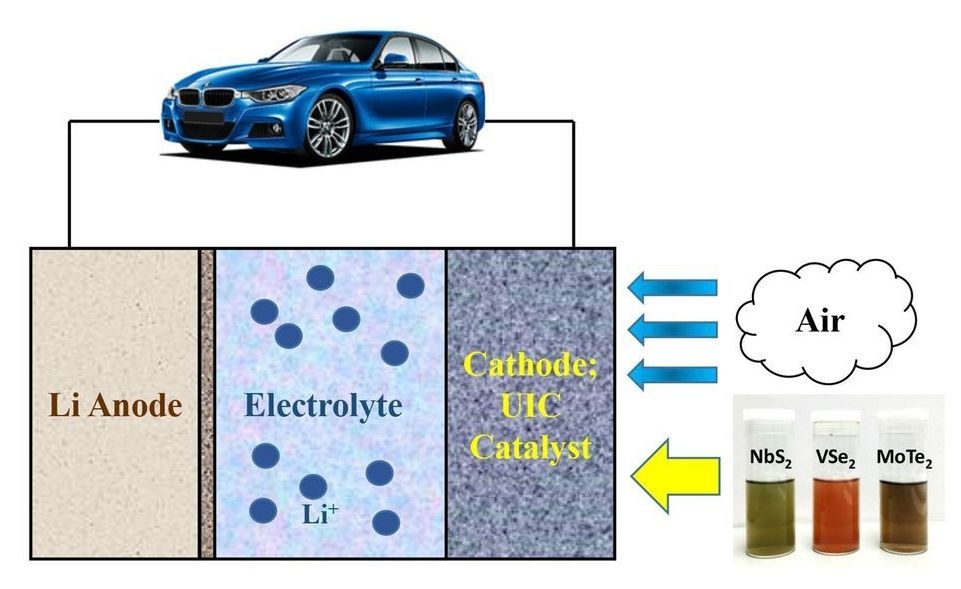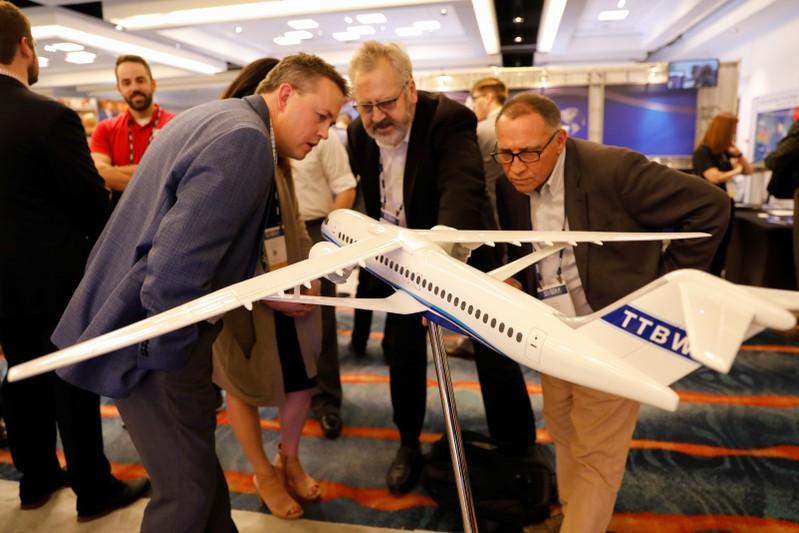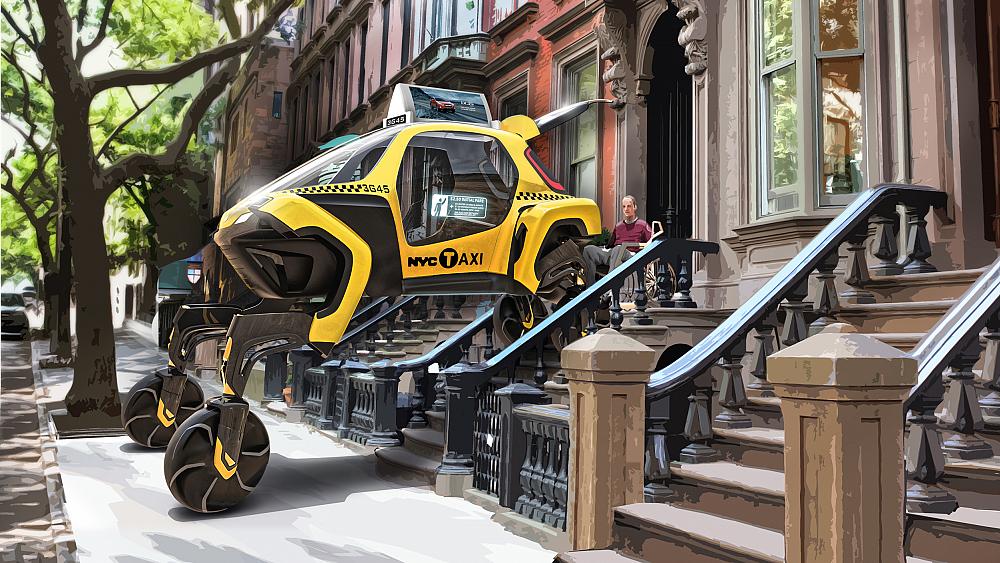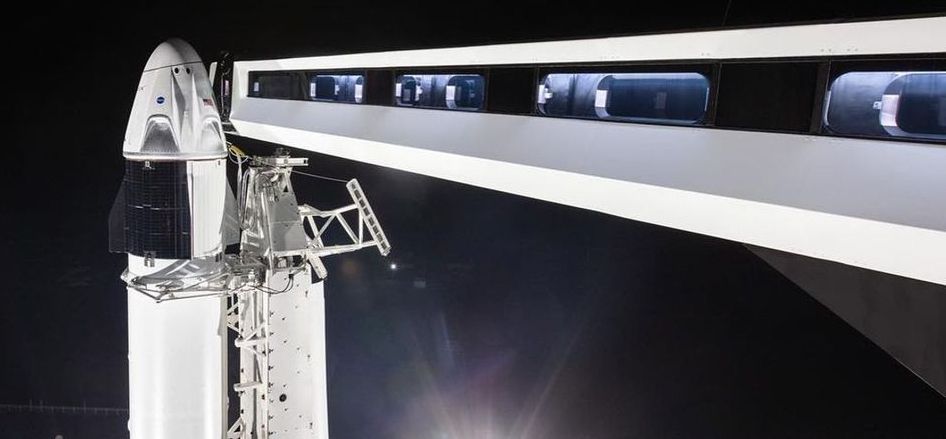The structural test article for the liquid hydrogen tank, a component of the #NASASLS core stage, has been loaded into its new home, a test stand at NASA’s Marshall Space Flight Center in Huntsville, Alabama. The 149-foot piece of test hardware will go through rigorous testing simulating the stresses of liftoff and flight. MORE.
The largest piece of structural test hardware for America’s new deep space rocket, the Space Launch System, was loaded into Test Stand 4693 at NASA’s Marshall Space Flight Center in Huntsville, Alabama Jan. 14, 2019. The liquid hydrogen tank is part of the rocket’s core stage that is more than 200 feet tall with a diameter of 27.6 feet, and stores cryogenic liquid hydrogen and liquid oxygen that will feed the vehicle’s RS-25 engines. The liquid hydrogen tank test article is structurally identical to the flight version of the tank that will comprise two-thirds of the core stage and hold 537,000 gallons of supercooled liquid hydrogen at minus 423 degrees Fahrenheit. Dozens of hydraulic cylinders in the 215-foot-tall test stand will push and pull the tank, subjecting it to the same stresses and loads it will endure during liftoff and flight.
Image Credit: NASA/Tyler Martin
Editor: Jennifer Harbaugh




